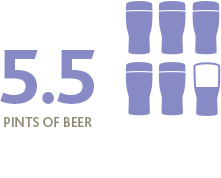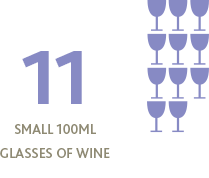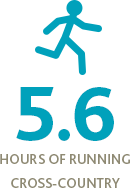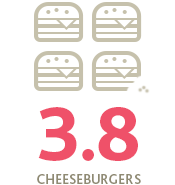Have a go at our short quiz
and see what game-changing habits you can make today, that can impact your future forever.
standard
drinks spread
over a week

week, you have
0
standard drinks
standard
drinks spread
over a week

week you have
0
standard drinks
pint(s) of beer

glass(es) of wine

COCKTAIL(s)/MIXED DRINK(s)

shandies or spritzer(s)

bottles(s) of beer


Spreading your drinks over the week

Enjoying more alcohol-free days each week

Not keeping alcohol in the house

Explore healthier alternatives to alcohol







Drinking alcohol makes you more likely to experience harms including:
- anxiety
- accidents or injuries
- headaches
- missed workdays
- diarrhoea
- excessive mood swings
- weight gain
- loss of appetite
- poor quality sleep
- bad skin
- impaired judgment
...and you may be at higher risk of short and long-term damage to both your mental and physical health.







Drinking alcohol makes you more likely to have:
- memory loss
- anxiety
- blurred vision
- excessive mood swings
- headaches
- sweats and shakes
- diarrhoea
- weight gain
- loss of appetite
- trouble sleeping
- bad skin
- impaired judgment
...and you may be at higher risk of short and long-term damage to both your mental and physical health.

Did you know?
Sticking to your low-risk weekly guideline can reduce risks to your physical and mental wellbeing. Make sure to spread your drinks over the course of the week, rather than having in one sitting.
For men, that would average out at a maximum of 2.4 standard drinks a day. For women, that would average out at a maximum of 1.8 standard drinks a day.

Warning
You’ve used over half of your low-risk guideline!
Limiting your alcohol intake to a maximum 1610 standard drinks over the course of a week is recommended to reduce the risks to your health.

Warning
You’ve used over half of your low-risk guideline!
Staying within the guidelines is easier than you might think. Make small changes to your drinking habits and feel the benefits on your mind, body and bank balance.

Good choice!
Having more alcohol-free days in the week has so many benefits including more energy, improved mood and increased productivity.

Good choice!
Alcohol dehydrates the body, which can lead to the nausea or headaches. Try to alternate each alcoholic drink with water.

Did you know?
Aim to have at least two alcohol-free days every week, and more if you can.
Keep track of how much drink and don’t exceed your low-risk weekly guideline.

Did you know?
Having six or more standard drinks in one sitting is known as binge drinking. This can increase risks to your physical and mental health.

Did you know?
Drinking a lot of alcohol in a short space of time can put your health and wellbeing at a much greater risk. Keep track of how much you drink and always drink plenty of water.








